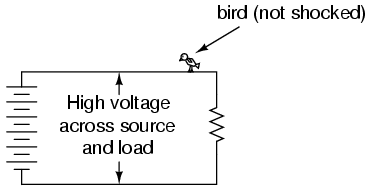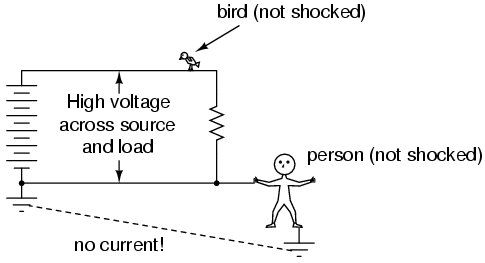TECHNOLOGY SERIES KICK-OFF: PART 1
Hello guys, it is @chiboyzz once again and I am here today to kick-off the technology series I promised you all.
I want you all to know that the post featured here are not restricted to engineer’s only.
Anyone with a curious mind on electronics, electrical or computer engineering can participate and follow up on this series.
KICK-OFF OF THE SERIES
SERIES ONE: WHY EARTHING ELECTRICAL AND ELECTRONICS DEVICES IS IMPORTANT
One would ask, what is earthing (commonly called grounding). In electrical terms earthing is the directing of excess current or leakage current from the supply going into the electrical devices to the earth (coincidence, right?).
The earth itself is capable of discharging excess or extremely high current or voltage from any electrical source. Take a look at lightning, do you ever wonder why lightning hits the ground with minimal or no effect?,
The reason is due to the fact that the earth itself cannot make a complete circuit for the voltage to continuously run through it, so therefore once the voltage enters the earth it stops there. It is just like passing water through an open pipe. The pipe is not interconnected with other pipes to continue the flow of the water, so therefore it discharges the water coming into it.
This phenomena explains why birds can sit on a high voltage transmission line and not get electrocuted.
Potential difference is a must for current to flow, birds do not get electrocuted while sitting on a wire because there is no pathway or bridge for electrons to flow ( there is no connection between the bird and the earth).
When a human touches the bird sitting on the wire, both the bird and the human will get electrocuted, since the human provided the link for the electrons to pass on to the earth.
In electronics, generally before a circuit can work it has to closed not open. The below illustration will show the circuit the bird makes with the transmission line and the ground.
The circuit above shows that the bird is just sitting on one transmission line, making contact with only one point on the line.
Assuming the bird was somehow connected to the ground, there would be free flow of electrons between the bird and the earth
At this point, the bird is connected to two point on two different transmission lines so it would get electrocuted.
The same is pretty much applicable in the case of humans.
Note that if our victim in the above diagram were to touch the bottom side of the resistor, nothing would happen even though their feet would still be contacting ground.
Because the bottom side of the circuit is firmly connected to ground through the grounding point on the lower-left of the circuit, the lower conductor of the circuit is made electrically common with earth ground.
Since there can be no voltage between electrically common points, there will be no voltage applied across the person contacting the lower wire, and they will not receive a shock. For the same reason, the wire connecting the circuit to the grounding rod/plates is usually left bare (no insulation), so that any metal object it brushes up against will similarly be electrically common with the earth.
This post truly brings to light the importance of earthing all electrical and electronics devices, to prevent future leakage voltage or current electrocution.
This is my first post on this series, stay tuned for more.
Soon to come:
Understanding your electronic devices.
Does water affect our electronics either way?
And more to follow.
.png)



.png)

Great start to a series, can't wait for more. steeoOn Engineer!